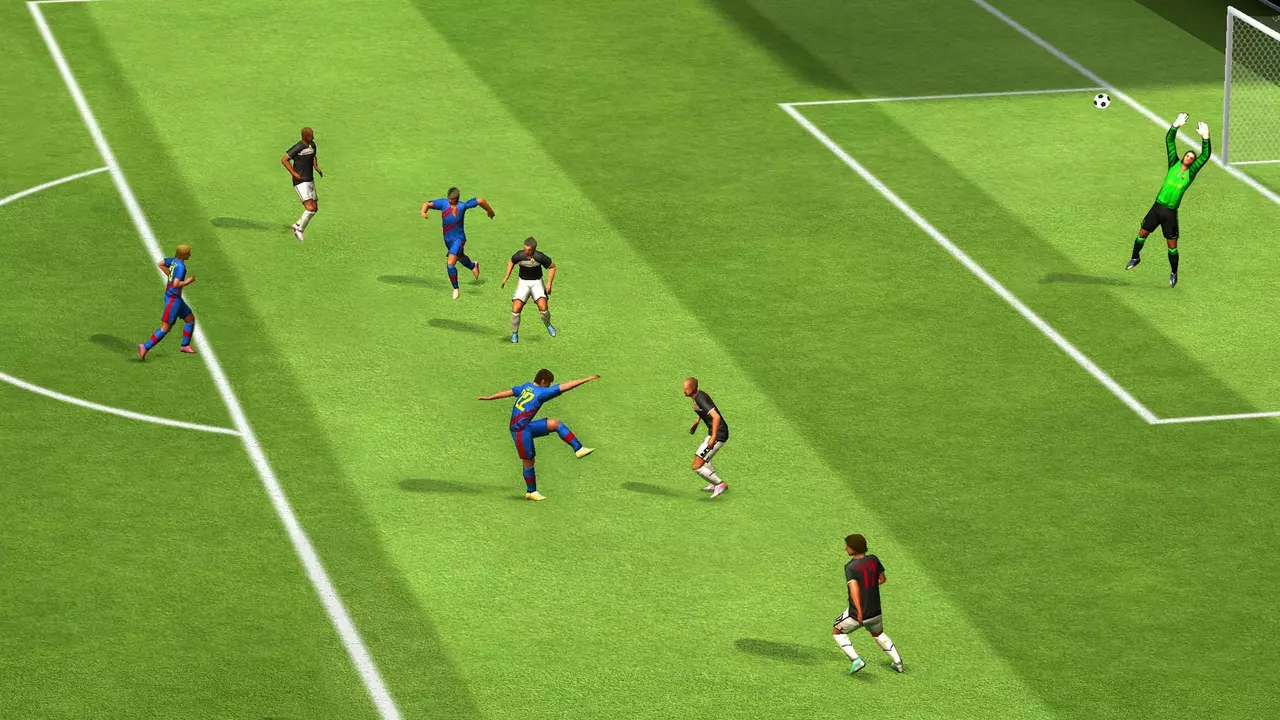 Jul, 31 2023
Jul, 31 2023
Unleashing the Need for Speed
Picture a soccer game, where one player simply zips through the field like a lightning bolt, leaving not only the ball, but also the opponents eating dust. Having a supremely fast player is like, having a Bugatti Veyron in a world of Volkswagen Beetles. Intriguing, isn't it? Now, the real conundrum begins. Where exactly is this speed demon most effective? Where do you position your fastest player in soccer?
If a player who can outrun Usain Bolt found himself in the middle of a soccer pitch, what would be the best position for him to play in? What would give the team the biggest advantage? Throughout the years, as a fervent soccer enthusiast and an ex- player who wasn't particularly fast (my wife, Lydia, often tells people that I couldn’t even outrun our pet tortoise!), I've given this quite some thought. Let's dig into this lightning-paced discussion!
The Value of Speed in Different Roles
Speed stuns. It's that surprise element on the field that has the potential to turn the tables, and make every jaw drop in awe. Efficient utilization of speed on a soccer field can become an unbeatable advantage. Let's assess how.
In soccer, speed isn't just about how swiftly a player can move, but it's also about how fast they can process the game, making split-second decisions, changing direction quickly and having explosive acceleration. Soccer isn't a sprint, it's a game of chess, where speed can bring a unique advantage, but doesn't guarantee success. Anyway, isn't it thrilling to watch a fast player perform a jaw-dropping maneuver? It certainly gets my adrenaline pumping!
Speed in the Attacking Role: The Dashing Forward
Just imagine, a player with a ferocious mix of agility, acceleration, and raw speed, ready to play the role of a striker or a winger. An exciting proposition, isn't it? The capability to churn the defense line into butter, opening gates for a swift and sudden attack. On several occasions, I have seen how the speedy forwards, almost in a flash, change the course of the game.
A super-fast player can feast on the slightest of the hesitations or errors by the defenders and instigate a counter attack in no time. Changing quickly from defense to attack, speed plays a crucial role in the transition phase. You can recall, how teams like Liverpool or Real Madrid have achieved tremendous success thanks to their speedy attackers. The idea is to deploy the fastest player in the attacking role or in the wider areas where there's more space to run into and trouble the defense.
The Fastest Defence: Speed becomes the Shield
Conversely, a swift player can also play a phenomenal role in the defense. A fast defender can often cover for his teammates' mistakes and also prevent breaks by the opponent. Wing backs, for instance, require a fair degree of speed as they often have to juggle between defense and attack.
Speedy wing backs or full backs can prove difficult for opponents to deal with. They can nullify threats from wingers, ensuring the team's defense remains unbreached. My lovely wife, Lydia once told me, regarding my soccer games, "darling, even if you'd run faster, those forwards would still overrun you!". That was probably true, but I'm sure my experience would have been dramatically different, had I possessed that extra pace.
The Midfield Maestro: Dictating Pace with Speed
Placing a fast player in the midfield can be a double-edged sword. While it might provide an advantage over slower opponents, the real utility of speed here lies in the player’s ability to control and dictate the pace of the game.
Midfielders with the added bonus of speed can transform the dynamic of the game. They are able to cover multiple zones, recover the ball quicker, and distribute it more effectively. Being lightning-fast in the midfield also means being faster to react to opponent's moves or losing the ball.
What Make the Best Choice
In conclusion, it's a tough call. The decision where to place the fastest player depends largely on the style of play, formation, and game strategy of the team. However, if you pushed me against the wall and made me choose, I'd probably place my fastest player in an attacking role. Mainly because that's where the benefit of speed can be most decisive.
Remember, soccer is a complex game where tactics, skillset, style of play, and individual attributes all have a significant role. Speed is undoubtedly a valuable asset, but it's how you utilise this speed that makes the difference. So, next time you find yourself with the fastest player, give their role some thought. After all, it’s not always about how fast you run, but how well you use it!